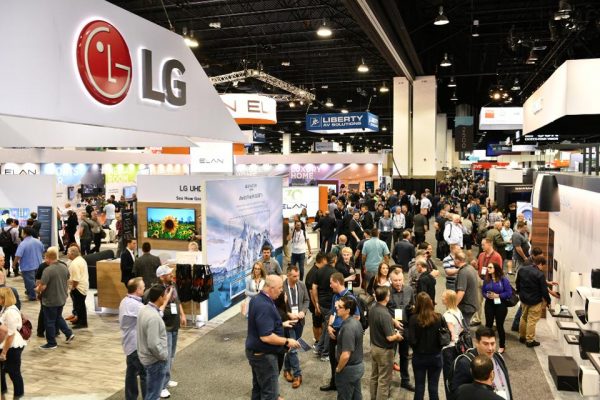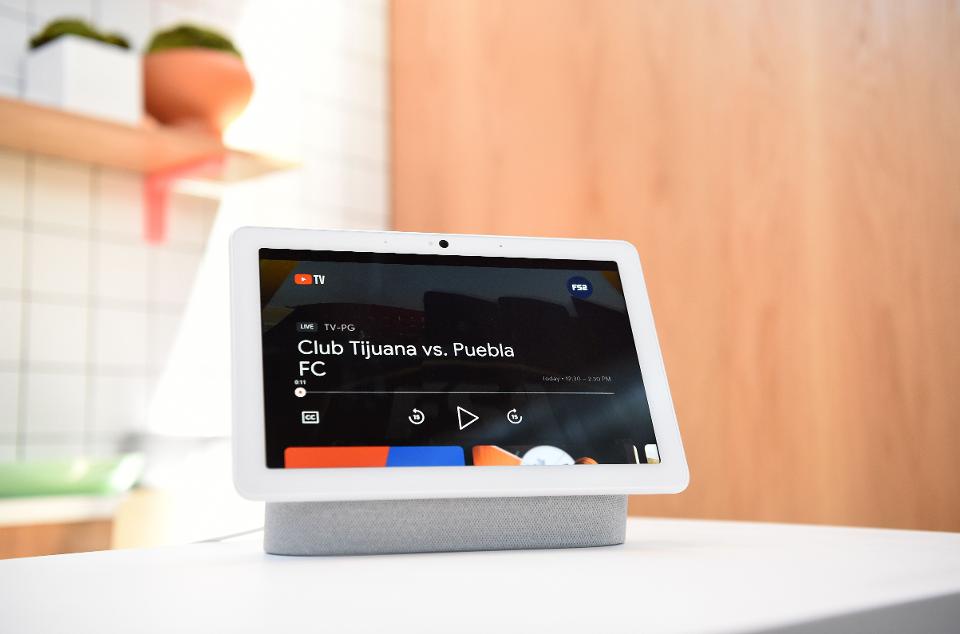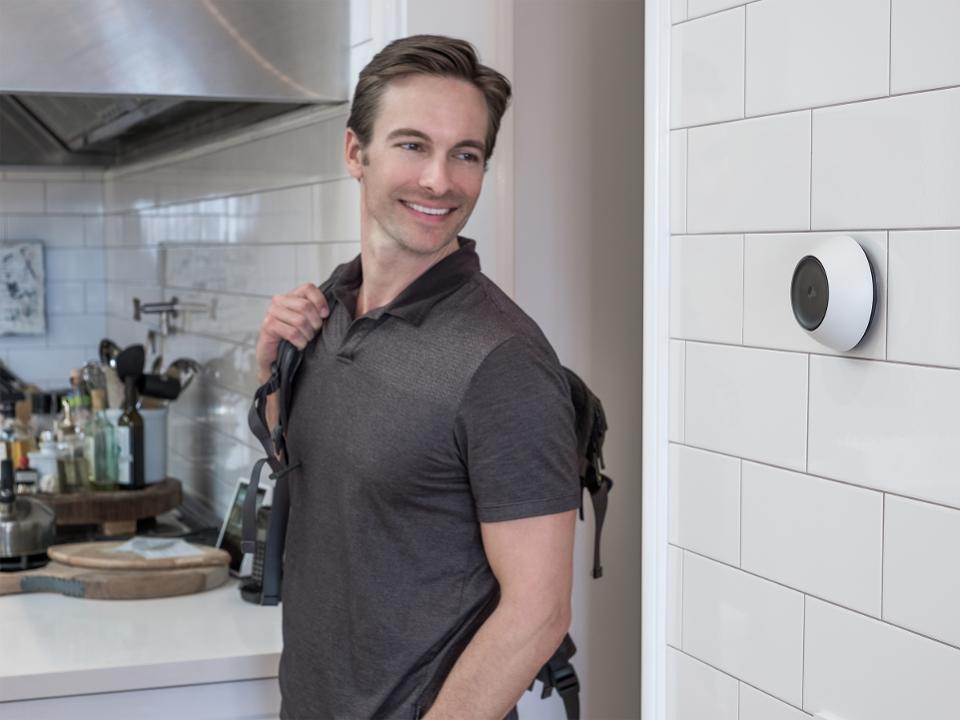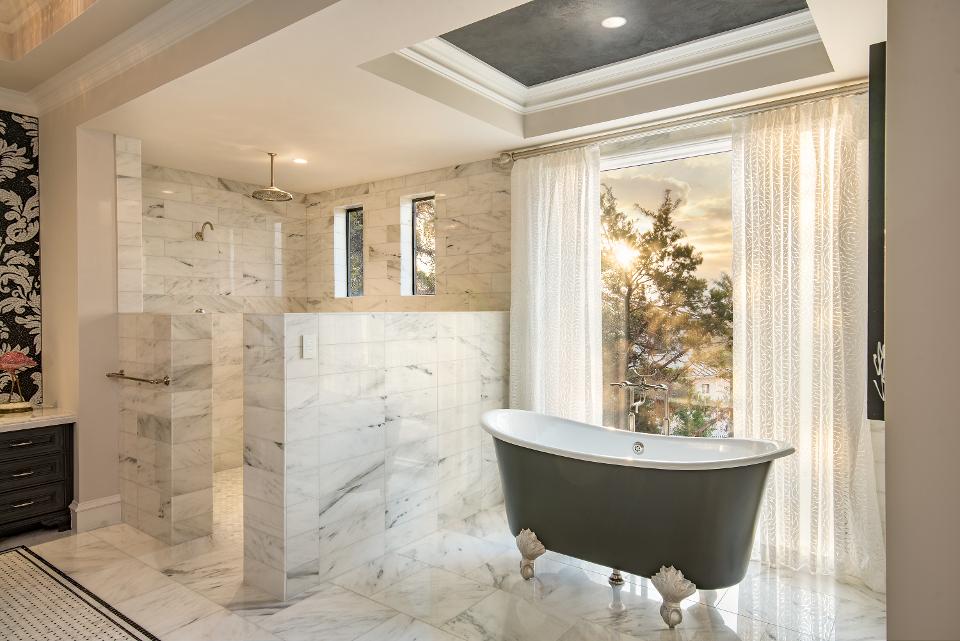Residential Designers Share Top Trends At Smart Home Technology Expo – Forbes
Thousands of smart home technology enthusiasts, vendors and professionals gathered in Denver last week for the CEDIA Expo, a trade conference and show focused on linking living spaces with new capabilities. Among them were some of the country’s leading residential designers.
There have always been a few early adaptor design types interested in home technology, but the typical CEDIA attendee in past years was the security specialist, home theater expert and integrator, (the technology consultant who pulls it all together).
Now that smart home technology is finding its way into kitchen and laundry appliances, lighting systems, bathroom fixtures and outdoor living spaces, everyone involved in home design is finding it necessary to know a whole new set of industry trends. It can be a steep curve that CEDIA’s organizers and members are determined to simplify for their potential project partners. Here are what some of these trendspotting designers attending CEDIA saw as critical to their work.

LG and other exhibitors are glad to educate non-techie designer types on home technology features at smart home trade show.
CEDIA
Automation
New York-based kitchen designer Toni Sabatino noted the increasing ease of using whole house app-driven home automation systems. Being able to connect comfort control, shades, security, audio and video in a way that is “cohesive, intuitive and simple” caught her attention.
Denver-based painting contractor and host of the Chase Lounge interior design podcast, Nick May commented, “Smart homes need to be easy to attain and set up. Many of the systems were way over my head, and would be for the average consumer. It’s needs to be about reaching the masses.”

Smart home gadgets from major players like Google, Apple and Amazon are driving mass adoption. (Photo credit should read JOSH EDELSON/AFP/Getty Images)
AFP/Getty Images
Voice Control
This is where voice control comes in. The public’s growing familiarity with Siri, Google Home and Alexa is expanding this trend into home design, and has potential that goes beyond convenience.
Philadelphia-based kitchen and bath designer Michael Kaestner sees voice control’s tremendous ability to make life easier at home for people with a wide range of challenges, including limited vision and mobility restrictions. “Concise voice commands will lead to automation to help people of all ages and demographics,” he points out.
There are potential voice control clients who are hesitant because of privacy and security concerns. These then naturally influence the design consultants recommending solutions for their homes. Hudson, Ohio-based architect Rose Dostal noted the appeal of professional level systems, which are “encrypted, meaning privacy-focused.” She points out that these more elaborate systems that can automate lighting, shades, music, temperature and just about all of a home’s features need to be installed by a technology integrator. However, she adds, “if security is important, this might be for you.”

Systems specified by integrators address privacy and security concerns that some clients have.
Josh.AI
Human Centric Lighting
Tied in with home automation are increasingly sophisticated lighting systems. Sabatino cited human centric lighting as a noteworthy trend. “I see that as a major wellness factor; think seasonal depressive disorder and how those folks could be helped by adding the appearance and feel of more natural sunlight to a space.” Manufacturers are automating lighting to mimic the sun’s path from morning to night into advanced lighting systems. In addition to creating more naturalistic lighting to interiors, HCL reduces artificial blue light in the evening when it can negatively impact sleep. That’s why it’s also referred to as circadian lighting.
Wellness
HCL is a feature of wellness design, another growing trend in design and technology. “The theme of health and wellness was behind many of the innovations I saw at CEDIA,” commented Waukesha County, Wisconsin area kitchen and bath contractor Susie Feia. “Many tech options will make it easier to extend the time one can function independently in their home, with voice-activated ease of use.” This is driving interest in smart home technology among seniors and their caregivers.
One of the top trends Montgomery, Alabama kitchen and bath designer Nancy Holland Young cited at CEDIA is tech’s role in supporting wellness. “It is really taking into account how all the electronics in our life can overtake us; the industry is working to balance these effects, helping us to manage our lives as we integrate all this new technology into our homes,” she observed.

This CEDIA award-winning project incorporated human centric lighting.
CEDIA/Service TECH
Technology Integrators
“There is so much integration that needs to be done to assure that all the electronics work that there no way it can be DIY,” Young shares, pointing out the need to use a technology integrator. “They also know everything that must be done to protect your network.”
More designers are seeing the value of partnering with knowledgeable technology integrators as smart home features command increasingly larger slices of more project budgets, and mistakes become more damaging and expensive.
Integrators like Joe Whitaker, a CEDIA board member and St. Louis area technology consulting firm owner have become successful, in part, by translating the benefits and issues of smart home technology to non-technological listeners. He agrees with the designers quoted that wellness and HCL lighting, automation and voice were the top trends at the show this year.
“These are growing and emerging technologies that can actually impact life at home in a real way!” he asserts. “They are not gimmicks, and can provide real positive impact on those in the home.” Is he worried about his role in the home tech ecosystem being replaced by mass market gadgets? Not even close. While observing that their ease of use and consistent capabilities have led to mass acceptance, Whitaker cautions, “Disparate connected devices that do not work as a full environment just won’t cut it.”






